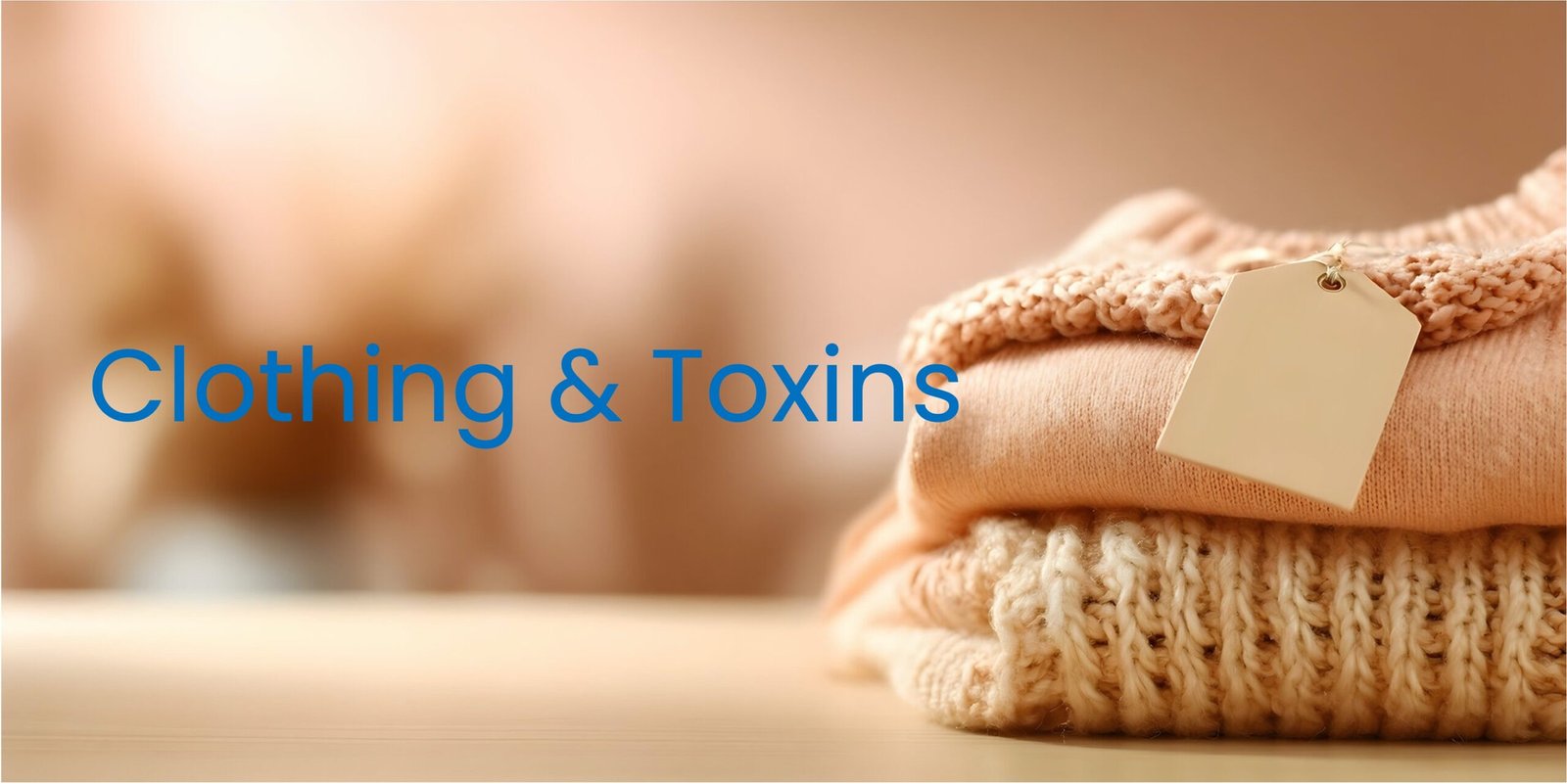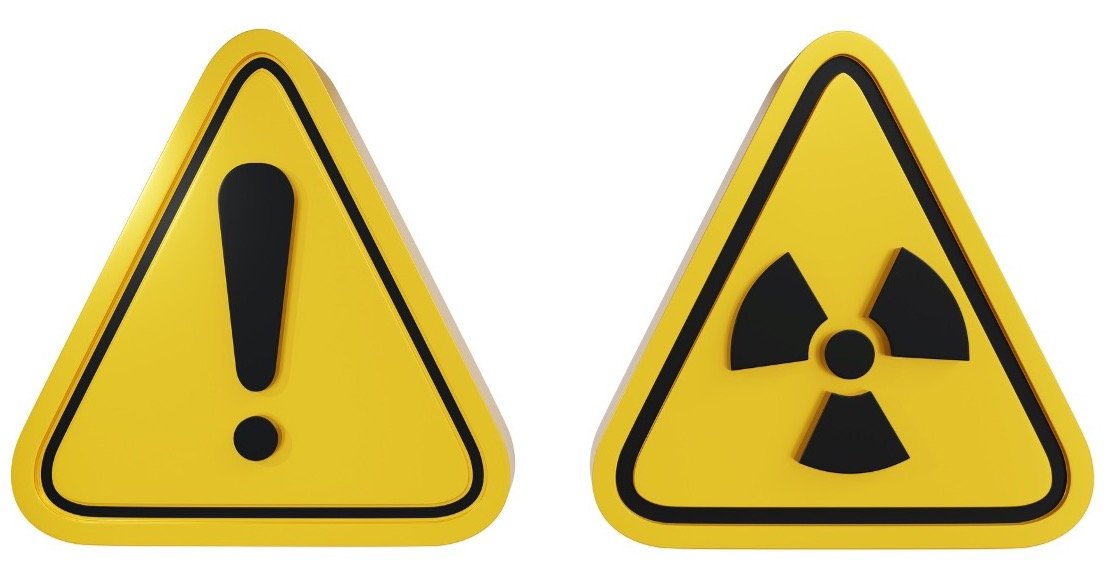
What You Wear Is Absorbed — The Hidden Chemical Layer on Your Skin
We rarely think of clothing as a source of toxins. After all, fabric seems harmless — soft, clean, comforting. Yet in modern life, clothing has become one of the most constant and underestimated sources of chemical exposure. Every fibre that touches your skin can either support or disrupt your body’s delicate balance.
The average person wears clothing treated with hundreds of industrial chemicals, from synthetic dyes and flame retardants to waterproof coatings and softeners. These substances are absorbed through the skin — the body’s largest organ — and accumulate over time within fatty tissue, lymph, and organs.
In short: what you wear becomes part of you.
Synthetic Fabrics — The Petrochemical Wardrobe
The vast majority of modern fabrics are synthetic or semi-synthetic, derived from petrochemicals.
Common examples include:
-
Polyester (made from polyethylene terephthalate – PET)
-
Nylon (polyamide)
-
Acrylic (polyacrylonitrile)
-
Spandex/Elastane/Lycra
-
Rayon and Viscose (regenerated cellulose processed with toxic solvents)
These materials are made from the same base compounds used in plastic bottles and industrial resins. They off-gas volatile organic compounds (VOCs), release microplastics during wear and washing, and can react with body heat and perspiration, releasing trace toxins directly onto the skin.
Studies have shown that skin absorption rates increase dramatically with heat and moisture — meaning that when you sweat, your pores open and your clothing’s chemical residue moves more easily into the bloodstream.
Textile Treatments: The Silent Contaminants
Even natural fibres like cotton and wool are rarely free from chemical treatment. During processing, most fabrics are coated with:
-
Formaldehyde (for wrinkle resistance)
-
Perfluorinated compounds (PFAS) (for waterproofing and stain resistance)
-
Azo dyes and heavy metals (for colour retention)
-
Nonylphenol ethoxylates (NPEs) (as surfactants and cleaning agents)
-
Flame retardants and plasticizers (to meet safety standards)
These substances do not wash out completely — they persist, contacting the skin every day. Many are known endocrine disruptors, neurotoxins, and carcinogens, linked to hormonal imbalance, infertility, fatigue, and allergic reactions.
The Hidden Dangers in Women’s Wear
Padded and Metal-Lined Bras
A particularly concerning source of toxicity lies in padded and underwired bras.
Many contain synthetic foams made from polyurethane, a petroleum-based material that releases isocyanates and other volatile compounds. Over time, these chemicals can leach through fabric, especially when heated by body temperature.
The metal underwire and even metallic fibres woven into sports bras for “support” or “signal shielding” can create microcurrents when exposed to electromagnetic frequencies (EMF), concentrating electrical charge in sensitive tissue such as the breasts. Combined with lymphatic compression caused by tight straps, this can impair natural detox pathways and increase toxin retention in breast tissue.
Flush GBI advocates for natural fabric, non-wired bras — ideally made from organic cotton, bamboo, or hemp — to support both comfort and lymphatic health.
Fast Fashion — Fast Toxins
The rise of fast fashion has intensified the toxic burden.
Clothing produced cheaply and rapidly is often dyed and finished using highly concentrated chemical baths with little to no environmental control.
Garments may still contain residues of:
-
Azo dyes (break down into carcinogenic amines)
-
Chromium VI compounds (used in leather tanning)
-
Nonylphenols and phthalates (softeners and plasticisers)
These are banned or restricted in the EU and UK, yet persist in global imports.
Frequent skin contact with these residues — especially in undergarments and activewear — increases long-term exposure to endocrine-disrupting chemicals.
The Problem with Laundry
Even if a garment starts clean, the washing process can reintroduce toxins.
Most commercial detergents and softeners contain PFAS, phosphates, microplastics, and heavy metals.
They coat fabric fibres with chemical residues that transfer to the skin with every wear.
Safer alternatives include:
-
Soap nuts or natural laundry powders (plant-based surfactants)
-
White vinegar or baking soda (as natural fabric softeners)
-
Magnesium or ceramic wash balls (chemical-free washing systems)
-
Air drying in sunlight, which naturally disinfects and removes odours
Natural Fabrics: A Return to Health
Choosing fabrics made from natural, minimally processed fibres is one of the simplest ways to reduce toxin exposure.
Look for:
-
Organic cotton (non-GMO, pesticide-free)
-
Linen (flax fibre; breathable and antimicrobial)
-
Hemp (naturally pest-resistant and durable)
-
Bamboo (naturally hypoallergenic when mechanically processed)
-
Silk (protein-based fibre that supports thermoregulation)
Avoid synthetic blends — even a small percentage of polyester or nylon reintroduces chemical components and disrupts fabric breathability.
Clothing and Detox: The Flush Connection
The skin works as an excretory organ, helping eliminate waste through perspiration. When it’s constantly smothered in synthetic fabrics, coated in detergents and dyes, this detox pathway is compromised.
Flush GBI supports the internal cleansing of the body — removing PFAS, microplastics, heavy metals, phthalates, and nano-toxins — but what you wear determines how easily your body can continue that detox process.
To amplify the results of your Flush program:
-
Wear natural fibres to allow the skin to breathe.
-
Avoid synthetic underwear and tight-fitting sportswear.
-
Wash new garments before wearing.
-
Replace chemical detergents with natural alternatives.
-
Allow your skin to “breathe” daily — spend time without synthetic fabrics touching your body.
The Final Layer
Your clothing should protect — not pollute.
Every thread, dye, and finish you wear either supports your wellbeing or silently undermines it.
The goal isn’t perfection; it’s awareness.
By choosing consciously and pairing external purity with internal cleansing through Flush GBI, you can reduce chemical load, improve lymphatic function, and help your body do what it was designed to do — heal naturally.
To explore detailed information about textile toxins, dyes, and synthetic materials, visit our Toxins Database.

